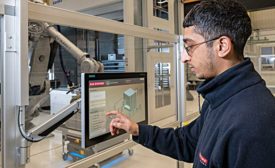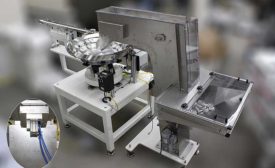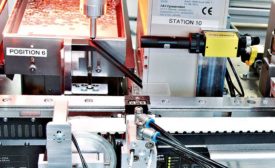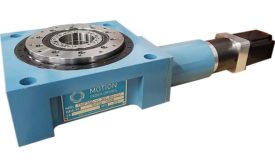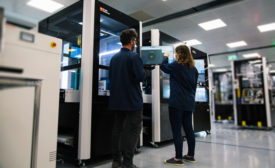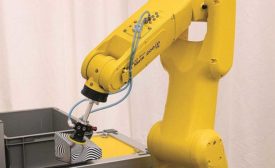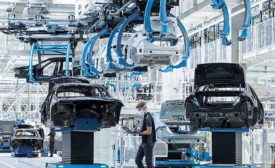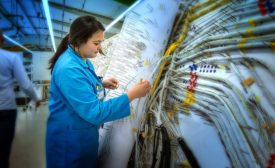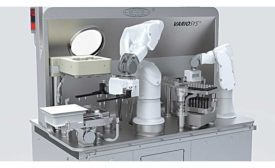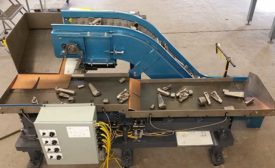Home » flexible assembly
Articles Tagged with ''flexible assembly''
Smart Transport System Enables Flexible Assembly
A linear-motor transport system is the heart of a new, flexible automated assembly system.
November 9, 2020
What’s New With Rotary Indexers
Servo indexing and flexibility drive numerous assembly applications.
November 6, 2020
New Technologies for 3D Vision
A wide range of 3D vision systems optimizes robot accuracy when performing random bin picking, error-proofing assemblies or dispensing adhesives.
November 5, 2020
Mercedes’ Factory of the Future
Mercedes’ new assembly plant sets standards for flexibility, efficiency, sustainability and digital production.
November 4, 2020
The Ergonomics of Wire Harness Assembly
Manual tasks pose numerous risks to assemblers
October 15, 2020
Never miss the latest news and trends driving the manufacturing industry
Stay in the know on the latest assembly trends.
JOIN TODAY!Copyright ©2024. All Rights Reserved BNP Media.
Design, CMS, Hosting & Web Development :: ePublishing
